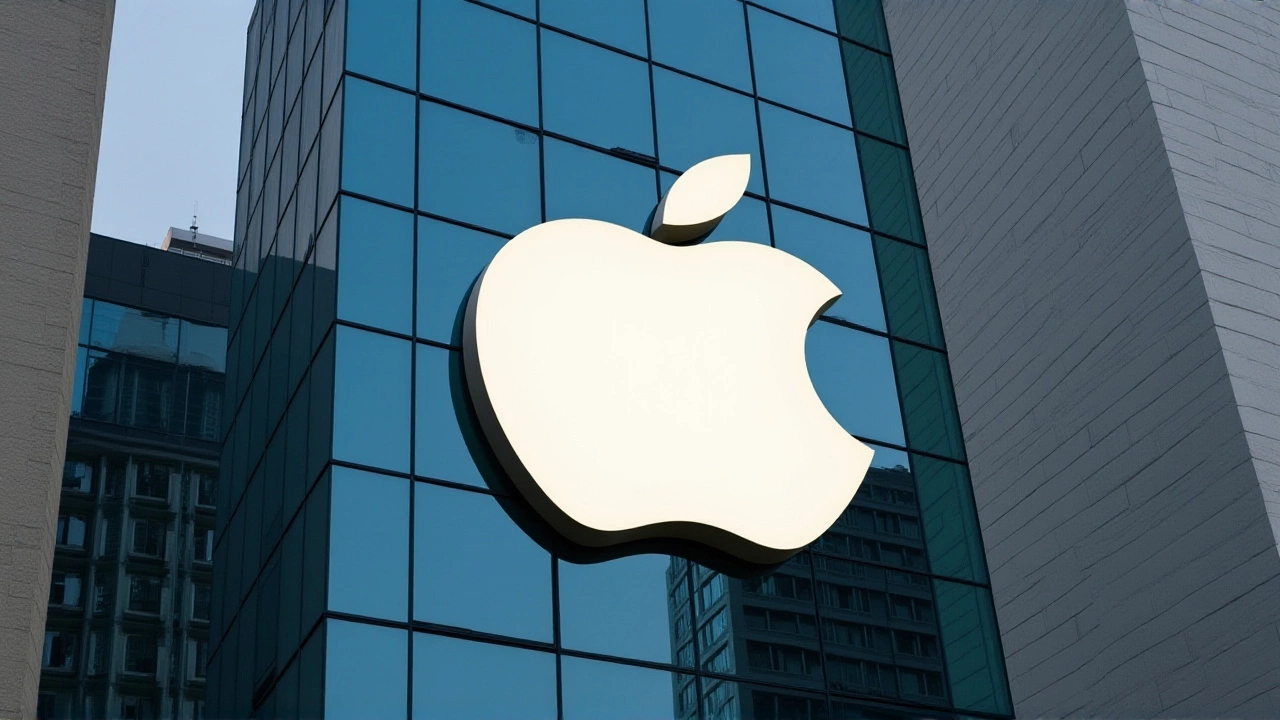MacBook Pro: Power, Performance, and Practical Tips
When talking about MacBook Pro, Apple's flagship laptop that blends high‑end hardware with a polished operating system. Also known as Apple MacBook Pro, it delivers the speed and reliability many professionals need. In simple terms, the MacBook Pro packs the latest M‑series chip, a Retina display, and a battery that can last through a full workday.
Key pieces that make the MacBook Pro tick
One major player in this ecosystem is Apple, the company that designs the hardware, software, and services surrounding the laptop. Apple ensures that the hardware and software speak the same language, which is why macOS, the operating system optimized for Apple silicon runs so smoothly on the device. The relationship can be summed up in a few easy triples: MacBook Pro encompasses high‑end hardware; MacBook Pro requires macOS; Apple designs both MacBook Pro and macOS. Together they create a seamless experience that’s hard to match on other platforms.
What does that mean for you? If you’re a video editor, the M2 Pro or M2 Max chip gives you real‑time rendering without dropping frames. If you code, the unified memory architecture lets you spin up multiple virtual machines or Docker containers with barely a hitch. Even everyday tasks like web browsing or writing documents feel faster because the SSDs in newer models top out at 8TB and the Retina display makes text crisp and colors vivid.
Another entity worth noting is the M2 chip, Apple’s second‑generation silicon that powers the latest MacBook Pro models. The M2’s architecture combines CPU, GPU, and Neural Engine cores, so you get a boost for AI‑driven apps, graphic‑intensive games, and scientific simulations alike. In practice, the M2 chip translates into smoother multitasking, quicker app launches, and lower power consumption. This is why creators can run Final Cut Pro, Photoshop, and Logic Pro side‑by‑side without a performance dip.
Beyond raw power, the MacBook Pro’s design choices matter. The Touch Bar, though optional on newer models, offers programmable shortcuts that can speed up repetitive tasks. The Magic Keyboard gives you tactile feedback that rivals many mechanical keyboards, reducing fatigue during long typing sessions. And the array of ports—Thunderbolt 4, HDMI, SDXC—means you can plug in external monitors, fast storage, or cameras without needing a dongle farm.
Real‑world users often ask how the MacBook Pro compares to other laptops on price and longevity. Because Apple controls the entire stack, the device tends to stay relevant longer; macOS updates support older hardware for several years, and the build quality helps it survive daily wear. For a professional who values time over upfront cost, the total cost of ownership can actually be lower than a Windows‑based workstation that needs frequent upgrades.
What you’ll find in the post collection below reflects this breadth of use. We’ve gathered articles that cover everything from performance benchmarking on the M2 Pro to tips for extending battery life, and even deep dives into macOS security features. Whether you’re a developer looking for the best Docker setup, a photographer needing color‑accurate displays, or simply a student wanting a reliable laptop for schoolwork, the insights here aim to help you get the most out of your MacBook Pro.
Ready to explore? Below you’ll see a curated list of guides, reviews, and how‑tos that unpack the capabilities we’ve just talked about. Dive in and discover practical steps to boost productivity, safeguard your data, and make the most of that powerful Apple silicon under the hood.
